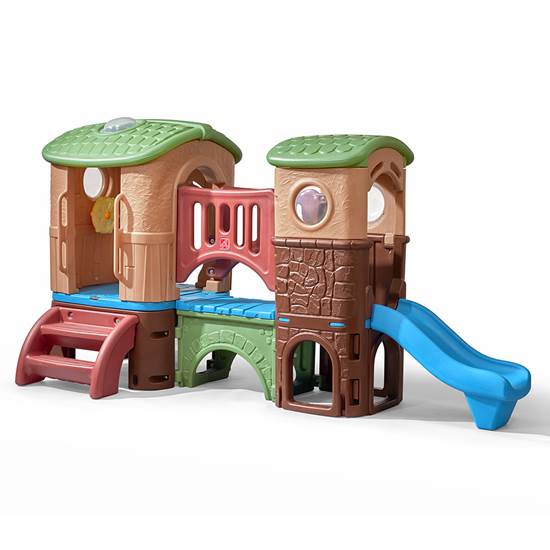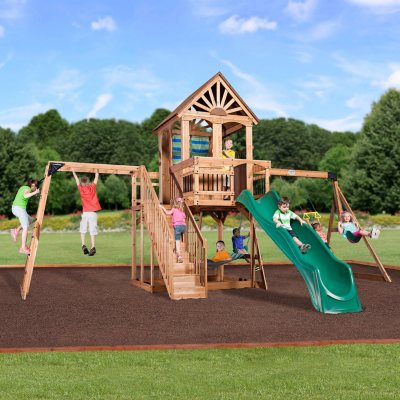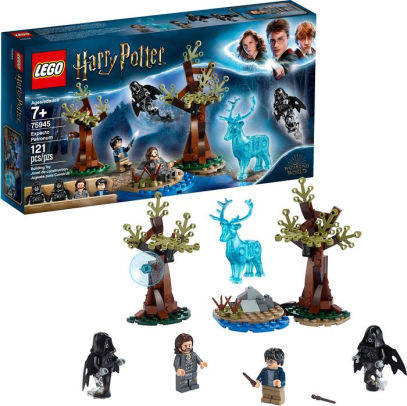Fisher-Price Little People Sit ‘N Stand Skyway 2-In-1 Vehicle Racing Playset – 514873431
Toddlers can zip and zoom all around town with the Fisher-Price Little People Sit ‘n Stand Skyway vehicle playset. This gift set includes a transforming playset that starts as a horizontal roadway where kids can zoom their Wheelies cars around the roads to the gas station below.
Toddlers can zip and zoom all around town with the Fisher-Price Little People Sit ‘n Stand Skyway vehicle playset. This gift set includes a transforming playset that starts as a horizontal roadway where kids can zoom their Wheelies cars around the roads to the gas station below. Then, with help from a grownup, stack the ramps to create a vertical Skyway that stands over 34 inches tall! Kids will love sending vehicles zooming around the race track and down the car ramp to the ground. The set includes 2 Wheelies cars to add to your child’s collection.
Fisher-Price Little People Sit ‘N Stand Skyway 2-In-1 Vehicle Racing Playset:
- Age Range: 19 Months to 5 Years
- Little People Wheelies gift set featuring a transforming vehicle playset and Wheelies push-along race cars
- Kids can sit at the playset and send Wheelies cars zooming down the ramps or fill up at the gas station
- Transform the playset to a twisty, vertical ramp that’s over 34 inches tall for gravity-defying racing play
- Includes 2 Little People Wheelies cars
- Great gift for toddlers and preschool kids ages 18 months – 5 years
Additional information
| Manufacturer Part Number | HBD77 |
|---|---|
| Assembled Product Weight | 5.71 lb |
| Assembled Product Dimensions (L x W x H) | 12.60 x 23.62 x 13.39 Inches |






by Kristen
Bought this for my nephew during the black Friday sale. It’s such a cute toy and the price is really good.
by Amy
My two year old grandson loves it. Easy to use and right at his height.
by Valerie
Great gift at a great price! My baby is going to love this for Christmas!!
by Vega
This is one of the best car related toy we have owned, for all ages little kids are invited to play with this one too, it’s very easy to switch between standing and sitting mode and doesn’t take up too much space, what I really love it’s that it doesn’t come apart so we don’t have the problem of trying to look for all the pieces. My toddler really enjoys
playing with it and I would definitely say this is a must buy for kids that like to play with toy cars.
by Dani
I have 4 children, ranging in ages from 2-9 years, and all of them love playing with this skyway! Before you can play with it, adult assembly is required (about 15-20 minutes) The instructions were clear and easy to follow. This playset has two ways to play – upright or unfolded. There are two orange buttons to press to easily change it from one way to the other. It’s a bit harder for my 2 and 4 year olds to do independently, but they are getting the hang of it! My kids have had hours of quality, educational play with this toy!